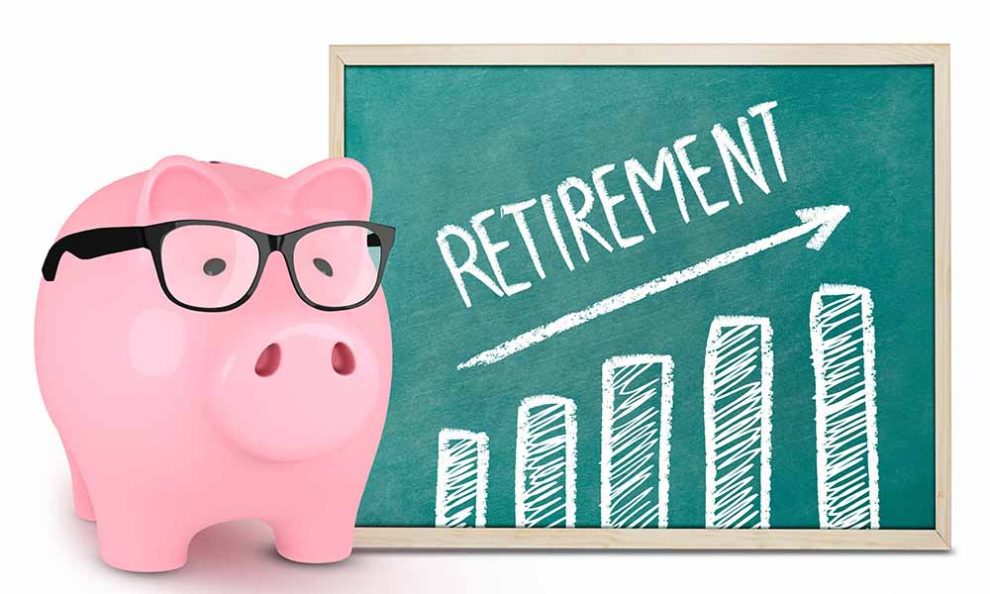With the costs of living expenses rising, saving enough money for future retirement has become more essential now than ever before writes Bradley Beer.A recent estimate from the Association of Superannuation Funds of Australia (ASFA) suggests that the average Australian couple will need a super balance at retirement of $640,000 and singles will need a super balance at retirement of $545,000 for a comfortable or modest retirement. This is an increase of $130,000 and $115,000 respectively from previous ASFA estimates.
Due to the importance placed on their retirement savings, many Australians have elected to place their superannuation into Self Managed Super Funds (SMSFs). Statistics from the Australian Taxation Office (ATO) estimate that 1,087,841 Australians were members of 577,236 SMSFs as of June 2016.
Based on these figures, it seems that many find the additional controls they will gain by placing their money into a SMSF rather than an industry super fund appealing.
Despite the drawcard of having more control over your retirement savings, there are a number of pitfalls that both existing and potential SMSF members should be aware of.
While trustees of SMSFs can choose to invest in almost any investment product, they must do so within restrictions set by the ATO and the Superannuation Industry Supervision (SIS) Act.
Because Australians have an affinity for all things bricks and mortar, another drawcard that may be encouraging many to become SMSF members is the ability for their fund to invest in property. In September 2007 amendments were inserted into the SIS Act 1993 that enabled the trustees of a SMSF to set up a structure allowing them to borrow money to invest in real estate.
When it comes to the property transactions made by SMSFs, trustees must be extremely careful to maintain a distance. Members of a SMSF can’t use a residential property personally, nor can they lease the property to family members. Commercial properties on the other hand may be rented by a trustee’s business provided that the corporation pays what is seen to be a fair market value rent.
Another area trustees of SMSFs must be careful of if their fund invests in real estate is the tax implications this will have.
As with any other property investment, SMSF trustees who invest in real estate are entitled to a capital works deduction for the wear and tear on a building’s structure and also for the depreciation of all plant and equipment items contained inside and outside the property*.
To examine how depreciation deductions can make a difference to a SMSFs tax liability, let’s take a look at an example scenario with and without depreciation.
An SMSF owns a three bedroom apartment purchased for $884,500 with a rental income of $750 per week, resulting in a total income of $39,000 per annum.
Expenses for the property such as interest rates, management fees and holding costs totalled $50,845. Therefore the SMSF has a tax deductible loss for this residential property of $11,845 prior to lodging their tax assessment. The tables below show the difference claiming depreciation will make for this property owned by a SMSF.
Without claiming depreciation, the SMSF is only able to claim $11,845 and reduce the fund’s tax liability by just $1,777, resulting in a negative cash position of -$194 per week.
A depreciation deduction of around $15,800 could be expected for a typical three bedroom apartment in the first full financial year*. By claiming $15,800 in depreciation, the total deductible loss is increased to $27,645. By claiming 15 per cent on the total deductible loss of $27,645, the SMSFs tax liability will be reduced by $4,147, thereby adding $2,370 to the retirement fund in the first year.
It is important that SMSF trustees always take advantage of the additional funds available via a depreciation claim. SMSF trustees who are considering investing in properties are encouraged to seek the advice of an Accountant and to consult with a specialist Quantity Surveyor to find out how much depreciation can be applied to an SMSF investment property.
*Under proposed changes to legislation, investors who exchange contracts on a second hand residential property after 7:30pm on 9th May 2017 will no longer be able to claim depreciation on plant and equipment assets. Investors who purchase a new property will be able to continue to claim these items as they were previously. We are currently speaking with government to further understand the intricacies relating to the proposed changes.
ABOUT
Article provided by BMT Tax Depreciation.
Bradley Beer (B. Con. Mgt, AAIQS, MRICS, AVAA) is the Chief Executive Officer of BMT Tax Depreciation.
Bradley joined BMT in 1998 and as such he has substantial knowledge about property investment supported by expertise in property depreciation and the construction industry.
Bradley is a regular keynote speaker and presenter covering depreciation services on television, radio, at conferences and exhibitions Australia-wide. Please contact 1300 728 726 or visit www.bmtqs.com.au























Add Comment